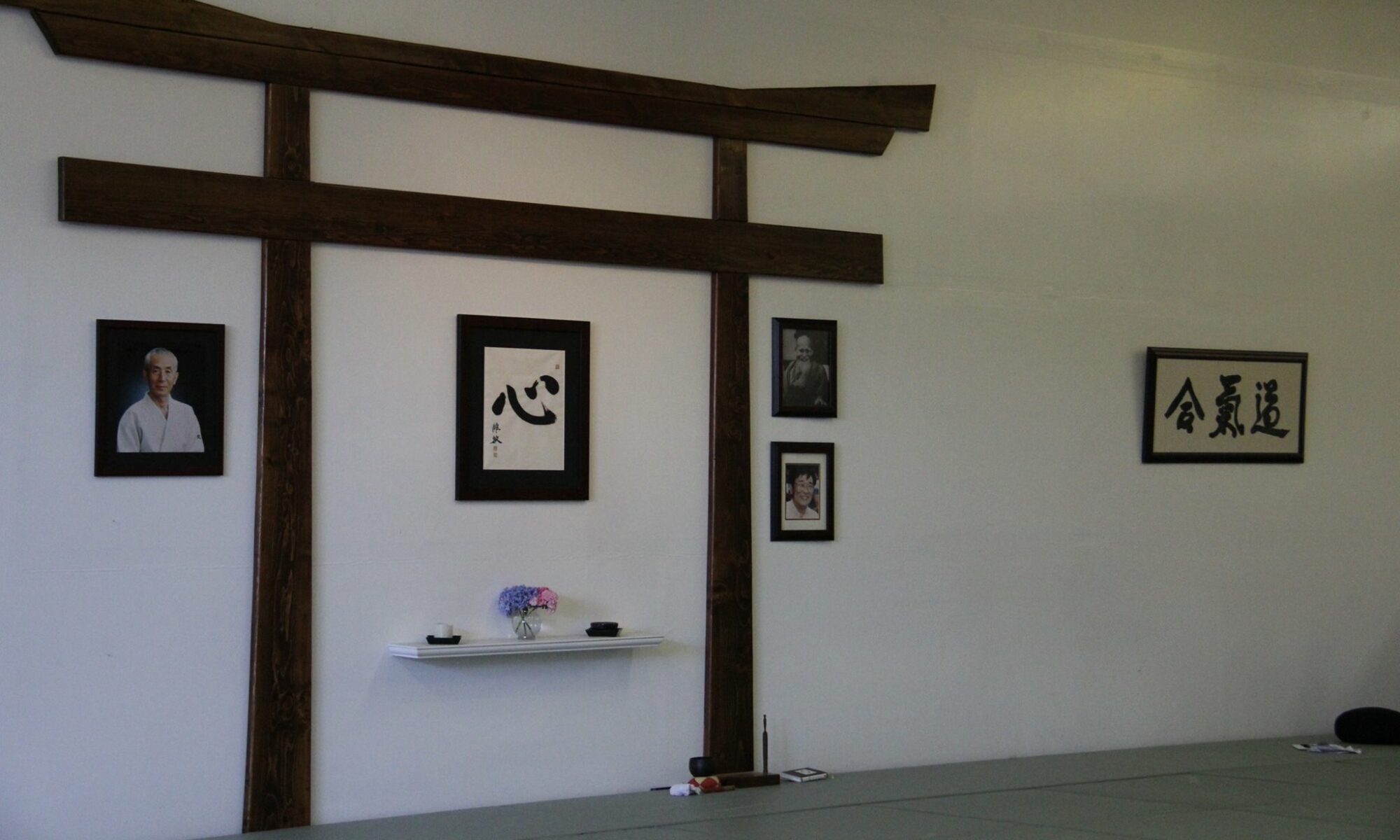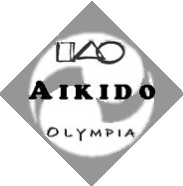Aikidoka,
We are pleased to announce that Aikido Olympia dojo will resume a nearly full schedule of classes. This positive news needs to be viewed with 180 degree or Big Vision. See the end of this message for our schedule.
Background
The COVID-19 pandemic continues to impact individuals, families and communities across Washington State and the nation. This week alone, our state had some of the highest numbers of cases reported since the peak of the outbreak. Fortunately for us, Thurston County has seen less disease transmission than many other counties and has moved into Phase 3 of the Governor’s Safe Start process.
This phase allows martial arts training facilities, like our Aikido Olympia dojo to operate at 50% capacity as long as we are successfully practicing the required health protocols. Therefore, Aikido Olympia is returning to a more standard Tuesday, Thursday, Saturday schedule to support the training rhythm for everyone interested in attending classes.
Schedule Implementation with Your Safety in Mind
At full capacity, our dojo can have about 24-30 people practicing safely. With COVID-19 appropriate ma’ai and following the state and county requirements to operate at 50% capacity, the dojo accommodates approximately 12-14 people (think two rows of 6-7 people each). At this point, we do not anticipate that all of you will return to class in phase 3. Therefore, we will not use a reservation system. For now, classes will be on a first come first serve basis. Just show up a little early to ensure yourself a spot on the mat and be aware there is the possibility that a class may be full.
If this method does not work (i.e. we are regularly turning away students because we are full) we will figure something else out.
What will classes look like?
In addition to optimizing dojo ma’ai and mind, body, spirit coordination through our Aikido kata, instructors will focus on awareness and Aikido movement using jo and bokken. This is a great opportunity to build fundamentals in these arts and work to better understand the foundations of Aikido, which grew out of Japanese sword, staff (jo), and spear arts.
Many of us have heard the story of Hirata Sensei’s first year of teaching in the United States where he did not have any students to train with. To keep his Aikido strong and to continue developing his ki’ai he trained with the bokken. One practice that has become rather legendary was that he would hold his bokken while standing in hanmi and breathe for 20 minutes. When he returned to Japan, his cohort of training partners were expecting his Aikido to have suffered but they all found that his ki’ai was stronger and his Aikido was better. Training in this COVID- 19 world is challenging but we have his example to follow (and we do have people to train with).
Will we touch each other?
Although Covid-19 is not transmitted through sweat (per the CDC), we will not touch each other at this point. We will use jo and bokken and develop our Aikido movements individually through ‘shadow’ practice. Usually jo and bokken are taught as ‘advanced techniques.’ Since O Sensei, the developer of Aikido, trained in sword, jo, and staff arts prior to Aikido, we are in essence ‘going back to the roots’ of Aikido and Budo training at this point. When appropriate we will re-integrate physical contact arts.
Aikido Olympia, COVID-19 Health Safety Protocols
Student responsibilities
· Only enter the dojo if you are healthy, and have been for the last 48 hours
· Everyone entering the dojo must wear a mask.
· Everyone entering the dojo will have their temperature taken with a no touch thermometer.
· Everyone entering the dojo will sanitize their hands upon entry, and throughout class as necessary.
· Everyone in the dojo will keep appropriate physical distance.
Instructor responsibilities
· Instructors will follow all the above
· Ensure students are following health precautions
· Disinfect mats and high touch surfaces.
Aikido Olympia, COVID-19 Health Safety Protocols
Tuesday and Thursday:
· Kids class: 5:30-6:20pm
· Adult Beginners: 6:30-7:20pm
· Adult General: 7:30-8:20pm.
Saturday:
· Adult General: 8:00-9:20am

